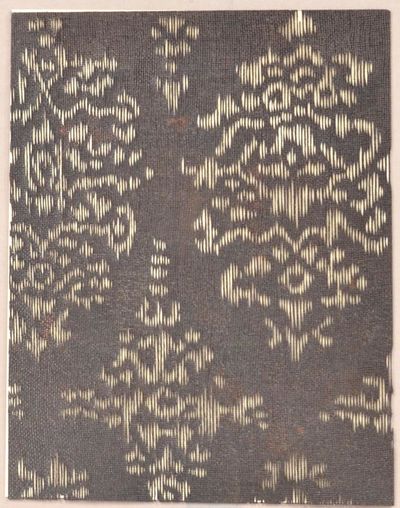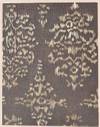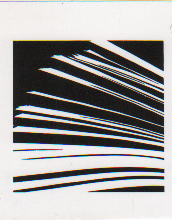10 Ise Katagami Paper Stencils [型紙]. [Japan]. [Taisho Period]. Set of 10 intricate katagami 型紙 paper stencils that vary in size. 2 large stencils are approx. 41.5 x 41.5cm, 4 medium size stencils are approx. 30 x 40.5cm and 4 small stencils are approx. 15.5 x 22cm. All are in a shade of brown and are Japanese katagami paper stencils in an abstract, floral or botanical design. The stencils are made from layers of washi 和紙 (traditional Japanese handmade paper) and glue (called kakishibu 柿渋) that is extracted from persimmons, which give the stencils their signature brown hue. Katagami is also known as Ise katagami 伊勢型紙, named after the area of Ise (now Mie (truncated)
Offered by
Specializing in
Japanese Illustrated Books, from the Classical to the Avant-Garde. We are also a large antiquarian bookstore.
Boston Book Company
705 Centre St.
Boston, MA 02130
Boston, MA 02130













